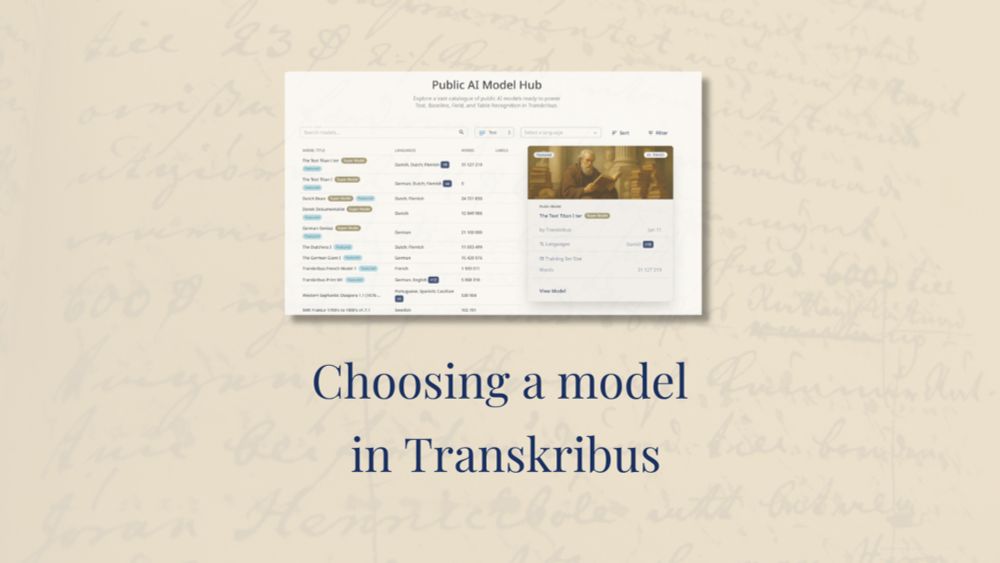
Transkribus offers over 300 public models — here's how to choose the right one for transcribing your documents 👇
blog.transkribus.org/en/how-to-ch...
@transkribus.bsky.social
The AI-powered platform for unlocking history. www.transkribus.org

Transkribus offers over 300 public models — here's how to choose the right one for transcribing your documents 👇
blog.transkribus.org/en/how-to-ch...
If you can't wait until the 26 October, we are
holding another virtual workshop with Allen County Public Library next Tuesday, 7 October.
Sign up here 👉 acpl.libnet.info/event/14502623

Birth, marriage, and death records are some of the most useful documents for genealogists. But processing tables with AI can be tricky.
On 26 October, we are taking part in an online workshop on "Working with Tabular Data", hosted by the Global Jewish Genealogy Society. More info 👉
Fall is here, the leaves are turning, and Transkribus decided it’s time for a little wardrobe change.
New look, same great functionality! 🍁💻
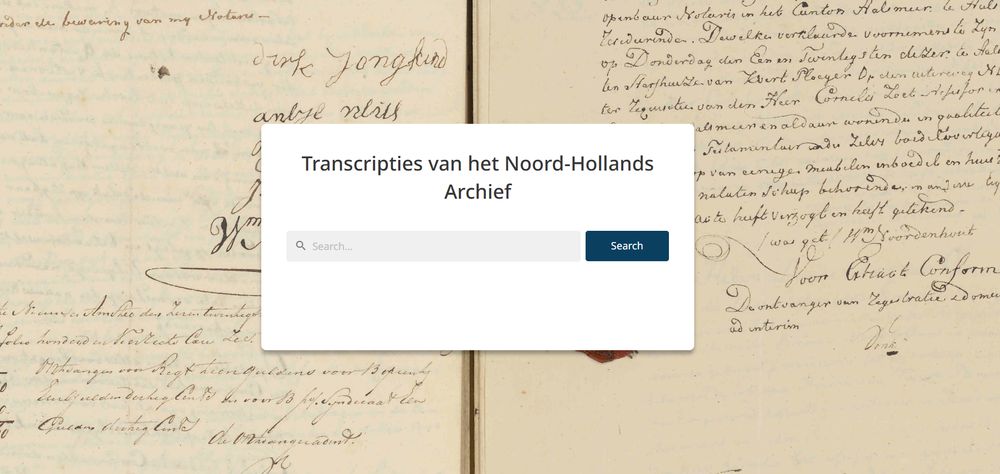
The Netherlands are renowned for their well-kept archives and Noord-Hollands Archief @nharchief.bsky.social is no exception.
You can also now discover thousands of the NHA's documents online, via their Transkribus Site: app.transkribus.org/en/sites/noo...

“We tested three different products but the ScanTent was the best in terms of size, brightness, ease of use and quality of life over time.”
Find out why the @labnf.bsky.social introduced 40 ScanTents to their library 👉

What do historians, archivists and computer scientists have in common?
They're all part of the exciting field of digital humanities.
Our blog post explains how this collaborative discipline is using tools like #Transkribus to transform historical research.
blog.transkribus.org/en/what-is-d...
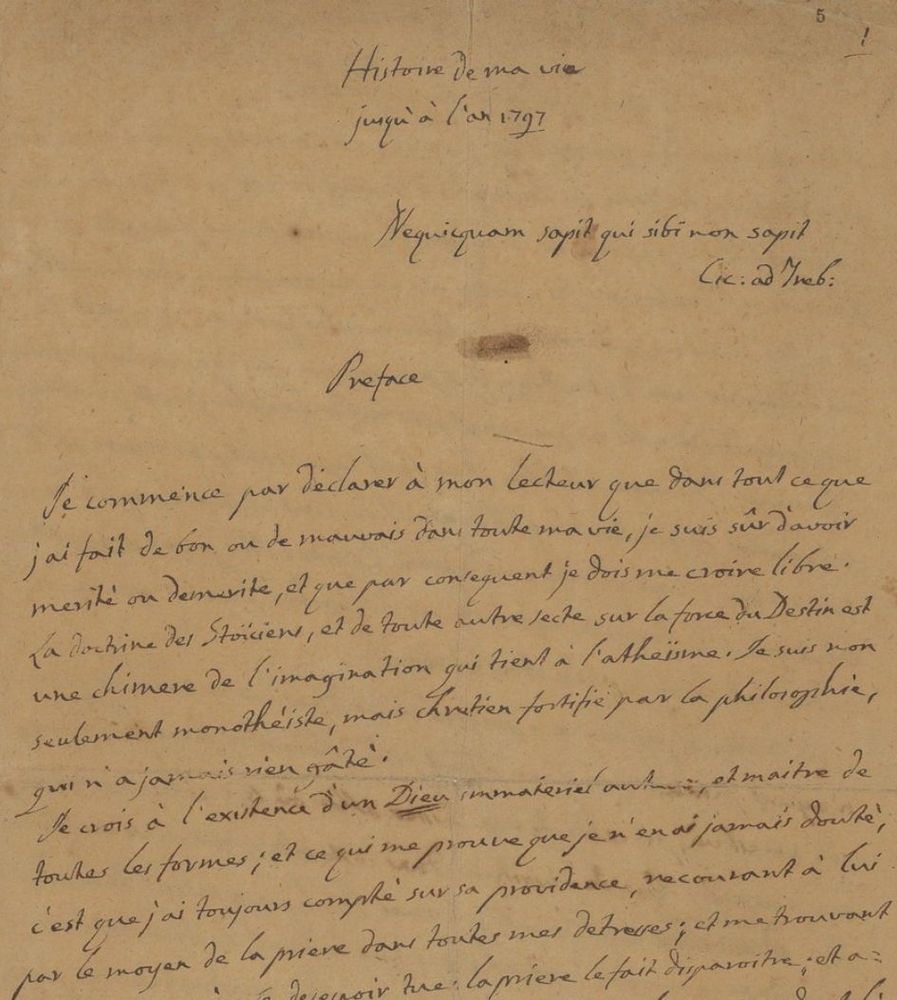
#OnThisDay in 1755, the infamous womaniser Giacomo Casanova was imprisoned for "affront to religion and common decency".
You can read about it in his memoirs, available in the digital holdings of the BnF: archivesetmanuscrits.bnf.fr/ark:/12148/c...
@gallicabnf.bsky.social
Written sources such as letters, court registers, and logbooks provide us with valuable insights, but they are just one way of recording our past.
In this post, we take a look at different historical sources, from pottery to poetry, exploring how they enrich our knowledge.

That's right. All data uploaded to Transkribus is stored safely on our servers in Austria in accordance with European GDPR regulations.
It is not shared with anyone else and you retain full ownership and all rights to your data.
Read more 👉 legal.transkribus.org/privacy
Newspapers can be one of the trickier documents to process with AI.
Don't struggle in silence, read this article on our Help Center instead 👇
help.transkribus.org/newspapers-l...

Ship logs, merchant registers, and the personal diaries of sailors are just some of the documents that historians use to draw conclusions about our maritime past.
Now, these valuable sources can be made accessible to the world with AI. Here are three ways to do it👇




This week, we're in Vienna for the Digitise.Transform.Inspire workshop — a joint initiative between the ICA, ICARUS, FamilySearch, and READ-COOP which aims to transform the future of archives through digital innovation.
Here's what we've been up to 👇

New from @caromein.bsky.social and a bunch of the @transkribus.bsky.social crew, on planning HTR: "From research proposal to project management. A guide from the Transkribus community on planning and executing workflows for researchers and GLAM-professionals" link.springer.com/article/10.1...
01.09.2025 17:04 — 👍 20 🔁 5 💬 1 📌 0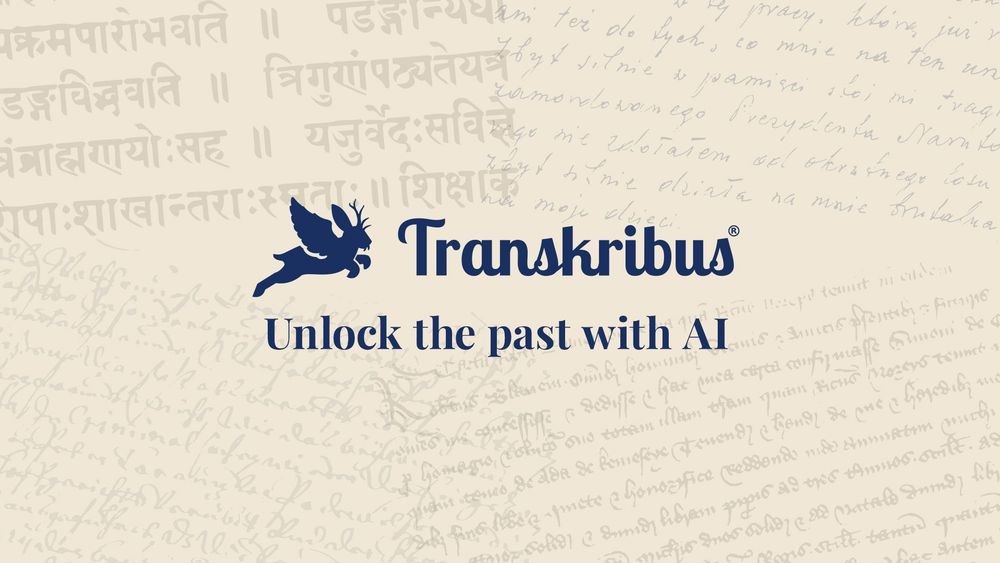
Transkribus isn't owned by shareholders, but by a co-operative of over 250 universities, archives, libraries and private individuals around the world.
Why? Because we believe everyone should have a say in the future of our historical resources.
Join us on our mission 👉
4 años de trabajo en esta nueva edición digital del Quatri partitu de Alonso de Chaves. A great ride, involving the initial use of @transkribus.bsky.social
#xml is ready for enriching, do get in touch!
zenodo.org/records/1697...
#HistSci @erc.europa.eu @cienciasulisboa.bsky.social
#openaccess #DH

Is this our youngest author on Transkribus Sites?
Scottish writer Marjory Fleming was just seven years old when she starting writing her diary, which became popular in the late Victorian period.
You can read the diary in full on Transkribus Sites 👇
app.transkribus.org/en/sites/mar...

Digital Humanities may be a difficult field to define, but we gave it a go in this blog post 👇
blog.transkribus.org/en/what-is-d...
Image courtesy of University of Texas at Arlington Libraries via Wikimedia Commons
25.08.2025 12:45 — 👍 0 🔁 0 💬 0 📌 0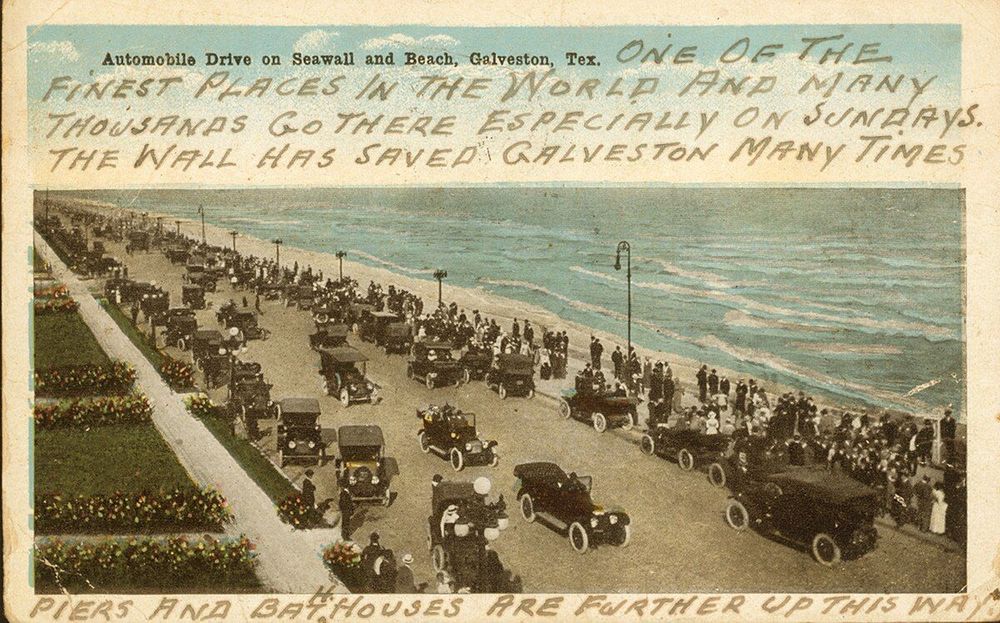
The handwritten notes in the margins often contain vital information for understanding the context of a document, and the private views of the person writing it.
Or at the very least, they tell us which way the bathhouses are!

If you work with German historical documents, you will know the headaches that Fraktur, Kurrent, or Sütterlin can cause.
Transkribus was designed to decipher documents in these scripts (and many more), so that you can spend less time transcribing and more time unlocking the past.

Early modern documents are known for their tricky handwriting, nonstandardised spelling, and their love of abbreviations.
Here's how four scholars overcame these issues to create digital versions of early modern collections 👇

2 lovers, 1 world war, and over 2600 letters: For the last 10 years, a group of volunteers has been transcribing the wartime love letters of Roland and Hilde Nordhoff and uncovering more about everyday life in this turbulent period.
You can find out more in this blog post 👇
bit.ly/3JDSEla

There's even a letter in English (I didn't notice it while taking pictures)! Nice, it allows me to try @ek27.bsky.social's Egerton model for Secretary Hand in @transkribus.bsky.social for the first time - and boy, it is extraordinary! Nearly perfect work done in 34 seconds.
16.08.2025 23:21 — 👍 5 🔁 2 💬 1 📌 0
Museums may be based around physical objects, but that doesn't mean that they can't be enhanced with the help of AI.
Here are some examples of how museums around the world are using AI and Transkribus to bring their collections into the digital age.
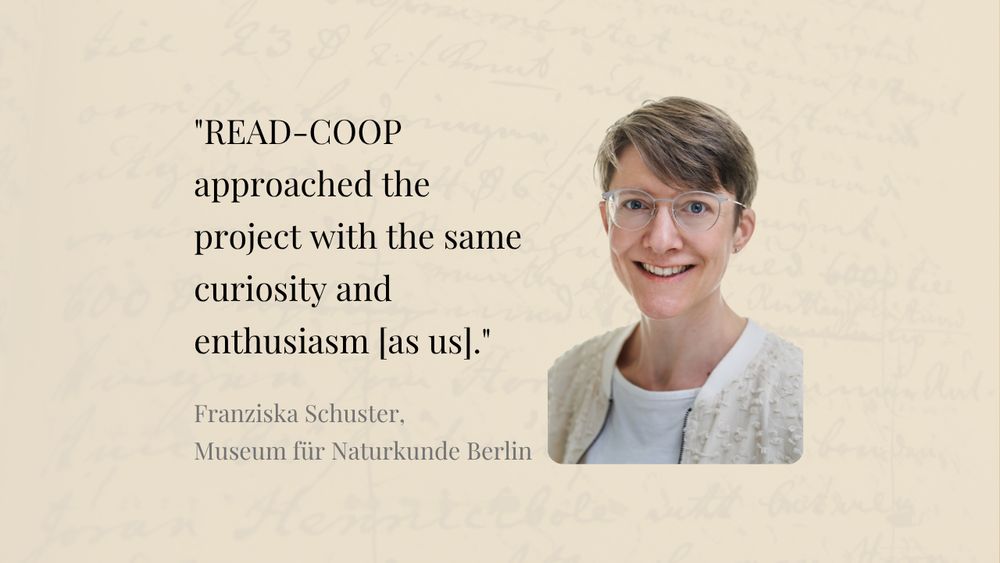
Finding specimens in the collection at the Museum für Naturkunde Berlin used to be a complex process. That is, until they digitised their specimen labels with Transkribus.
Find out more in this week's Success Story 👇
blog.transkribus.org/en/transkrib...
@mfnberlin.bsky.social

Today I tried ChatGPT Agent for the first time, asking it to explore the new Slave Voyages website, which now has thousands of primary sources with Handwritten Text Recognition (by @transkribus.bsky.social).
12.08.2025 00:12 — 👍 4 🔁 1 💬 2 📌 1Image via Wikimedia Commons @wikicommons.bsky.social
10.08.2025 10:00 — 👍 0 🔁 0 💬 0 📌 0
#OnThisDay in 1897, German chemist Felix Hoffmann performed the first synthesis of a stable compound of acetylsalicylic acid, better known as Aspirin.
Page 44 of his laboratory journal, held by the Bayer company archives, contains the protocol of the milestone experiment.

Happy International Cat Day! 🐱
Here's how a historian traced the cat's journey from hated creatures to loved family members in 19th-century Holland, using the Transkribus Site from @nharchief.bsky.social.
noord-hollandsarchief.nl/ontdekken/nh...